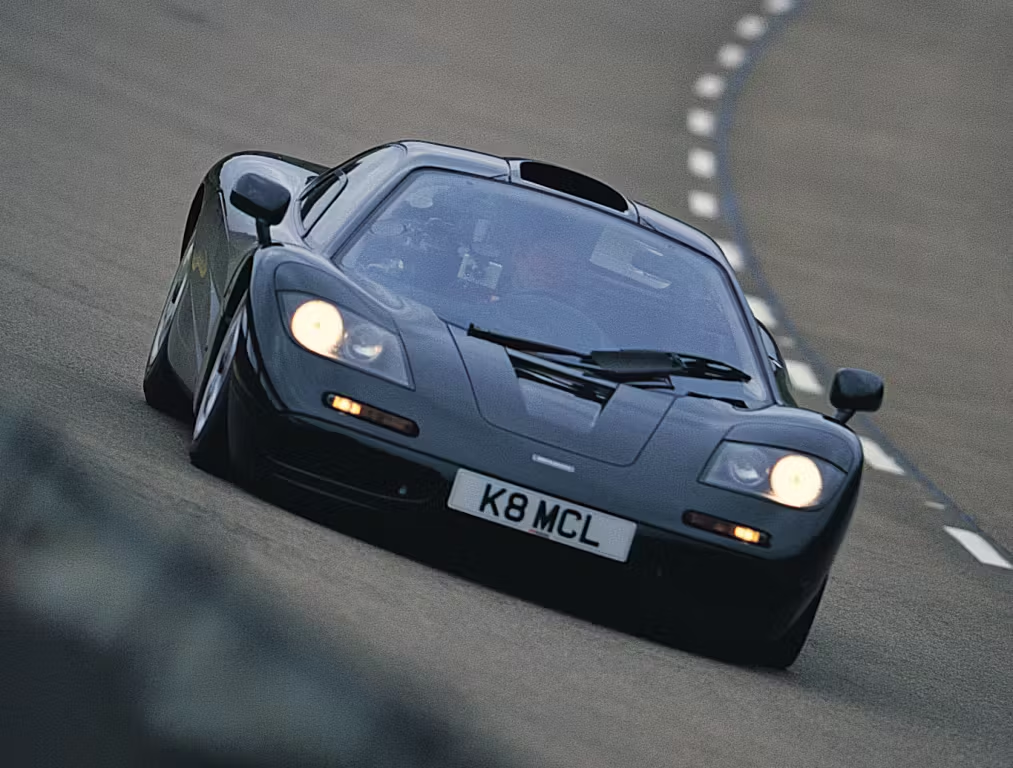The 243mph train has permanently left the station – the McLaren F1 is indisputably the most collectable car built in the past 30 years. It’s a curious proposition for some, as those familiar with the era in which the McLaren was still the apex predator might wonder why fellow Group GT1 legends like the rarer and outlandishly exotic Mercedes-Benz CLK GTR and Porsche 911 GT1 have not enjoyed the same widespread market success.
Though still tremendously valuable, it’s only been in the past five-ish years that these homologation specials have begun to gain serious traction. Some of this pulls from the recent surge in interest for 1990s supercars – a segment that’s had a rough go of it since the beginning. Nearly stillborn due to the global recession of the early 1990s, it’s almost a wonder that mythic exotica like Jaguar XJ220 and Bugatti EB110 saw the light of day. But the contemporary McLaren F1 was the extinction meteor that blotted out the sun – and history – for an entire generation of cars, overshadowing the others then and now. Consider that while the F1 holds an average Hagerty Price Guide value of £16.5, the £2.9 million average value of Ferrari’s fabulous F50 might not even serve as a down payment.

Many of these market gulfs make sense. Neither the XJ220 or EB110 were particularly successful in their ethos and often required more effort – and money – to keep running than reward. More obvious factors like the F1’s dazzling £430,000 base price when new, markedly lower production figures, and legendary motorsports success combine for a perfect, unmatchable storm of collectibility.
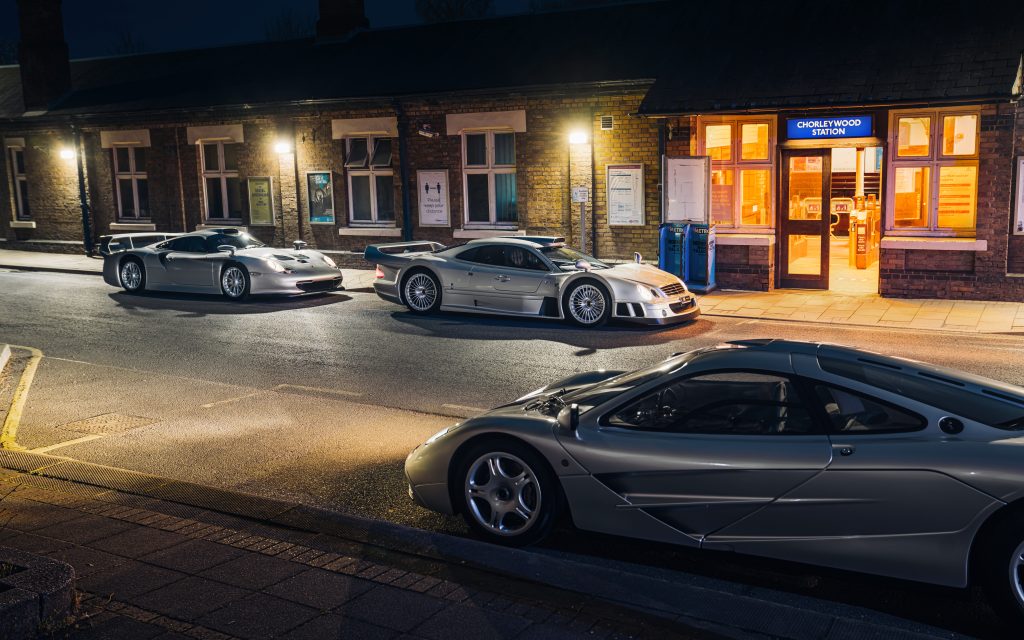
Only, the 1998–99 Mercedes-Benz CLK GTR and 1996–99 Porsche 911 GT1 carry collectability checklists that, at least in theory, match and even surpass the mighty McLaren. Both were borne from the popular and fiercely competitive FIA Group GT1 prototype category, each racing programme producing an ultra-low-production Straßenversion (road version) homologation special that are solidly among the most outrageous semi-production cars to ever hit the streets.
Both Porsche and Mercedes saw immense motorsports success with their respective weapons, particularly the CLK GTR. Mercedes’ dual GT1 Drivers’ and Team Championship wins in the 1997 season gave way to a dominant one in 1998 with the evolved CLK LM finishing out the second half of the FIA GT Championship. That car’s record was marred only by the succeeding Mercedes-Benz CLR’s series of infamous aero-induced flips at the 1999 24 Hours of Le Mans that saw the automaker pull out of Le Mans competition for good.
The Porsche 911 GT1 was less dominant, but a string of early race successes culminated in a surprise overall victory at the 1998 24 Hours of Le Mans, marking the brand’s 16th overall win at La Sarthe. A wide array of distinct 911 GT1 varieties, liveries, and teams have made it a fan favourite at vintage racing events, with enduring visibility in Porsche’s brand narrative.
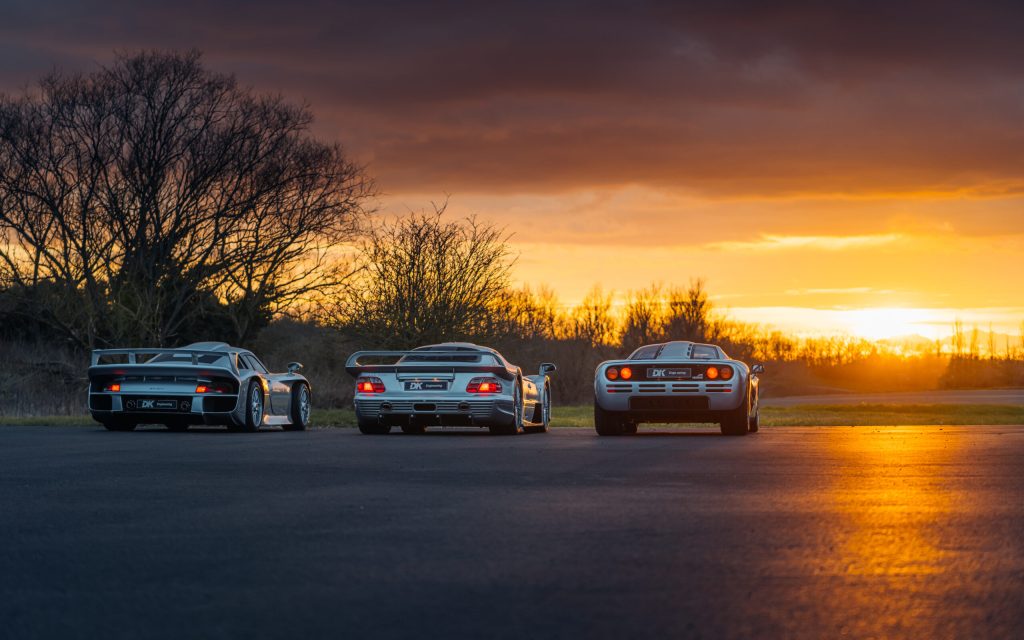
Depending on who you ask, 20 CLK GTR coupes and five CLK GTR roadsters were produced in that Straßenversion spec, each adhering to the FIA’s strict mandate of near dimensional and mechanical parity with the race car. Ditto for the 20 road-bound 911 GT1s that Porsche claims left the factory, though marque experts have yet to turn up the full list. It’s best to approach both cars as converted race cars, and not the other way around; creature comforts are spare and, in the case of the Mercedes, ergonomics are nightmarish with little to no thought given to usability, longevity, and serviceability.
So, two of the most well-respected automakers create just a handful of road-legal variants of their tremendously successful race cars, each possessing stunning performance and untouchable “cool” factor. In theory – in theory – these should be amongst the most expensive collector cars on the planet.
At the time of this writing, the market value for a standard CLK GTR coupe is around £8 million, with specialists pegging transactional prices of 911 GT1s in excess of £11 million. Meanwhile, a standard, no-frills McLaren F1 road car usually won’t change hands for under £16 million. What gives?
It’s a bit counterintuitive, but both cars might be a bit too rare for their own good. “The rarer the car, sometimes it hurts the value,” explains DK Engineering’s James Cottingham. “With more road cars out there [for the F1], it’s easier to follow, it’s easier to see where the value lies. Though they are still a very rare car, they trade more than the Porsche, which has helped the appreciation.”
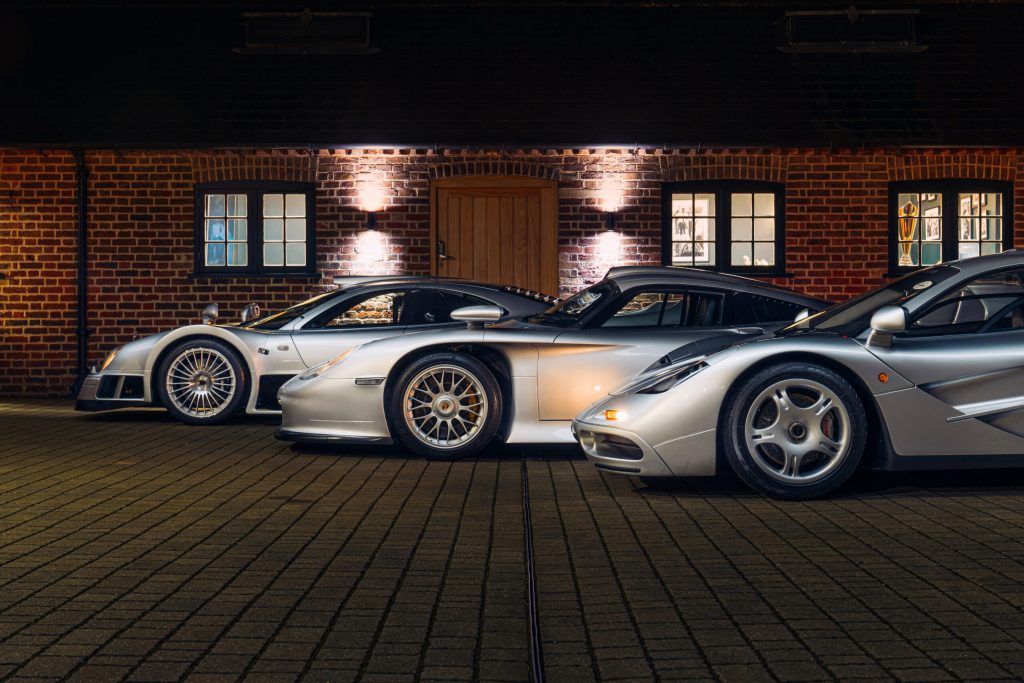
Known primarily as one of the preeminent Ferrari shops in the UK, DK Engineering handles servicing, restoration, and management of all high-grade collector cars, including an impressive platoon of retired race cars and highly complex special projects – including the CLK GTR and 911 GT1. Cottingham reckons as there are fivefold more F1s than either GT1s or GTRs, there’s fivefold additional sets of eyes and ears on the McLaren. Increased attention drives value, as do high-profile, record-smashing sales – both things attributed to the ever-growing F1 market.
Extensive coverage, growing mythology, increasing public awareness, ironclad collectability, and skyrocketing values have established the F1 as one of crown jewels of car collecting, driven by similar factors that established the Ferrari 250 GTO as “the” collector car. “When you look at prewar Alfa 8Cs, Ferrari 250 GTOs, and the McLaren F1, that sits as sort of an ultimate halo collection,” says Cottingham. “If you look at the 250 GTO owners who purchased their car in the last 20 years, more often than not they have had or currently have an F1 in their collection. It’s quite rare that they don’t, and because there are more McLarens, it’s easier for a GTO owner to add one to their collection.”
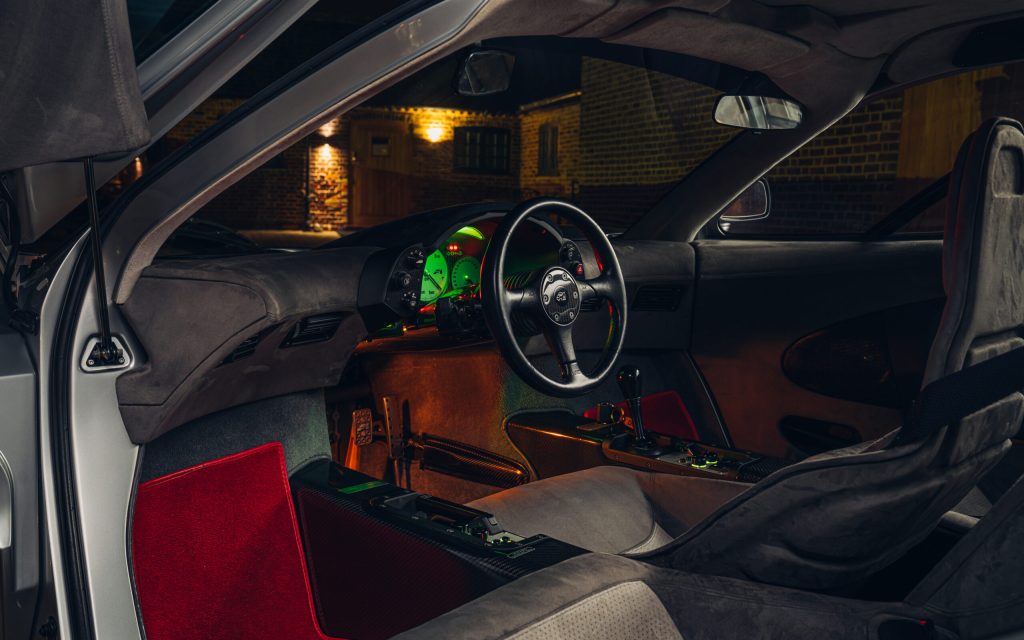
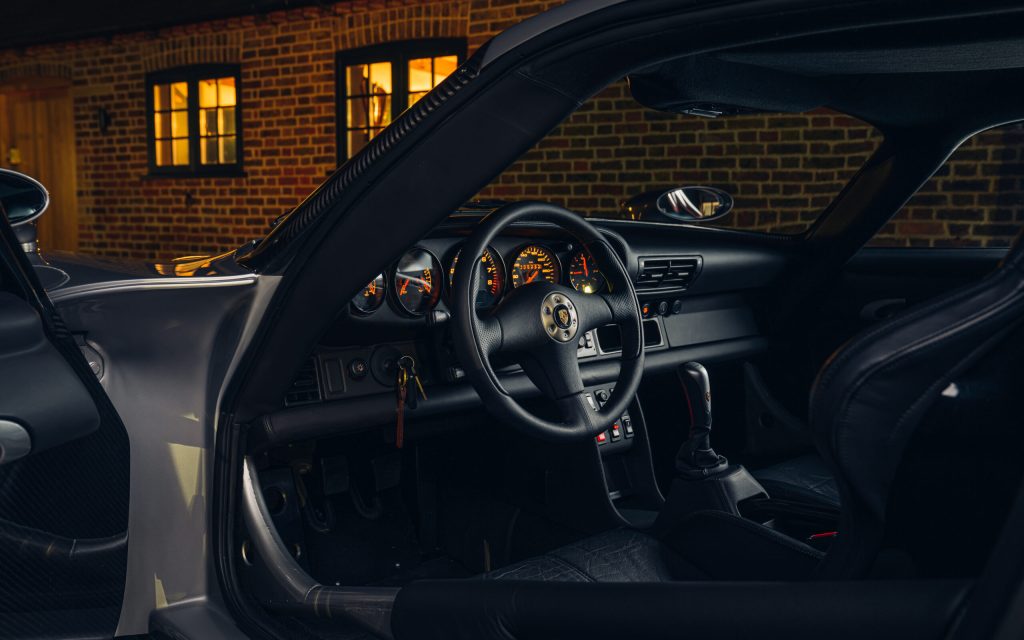
There’s also the looming issue of usability. “Another greatly important factor is that you can drive an F1 and a [Porsche] GT1 much easier on public roads than the CLK GTR road-version, which is a commitment,” says Mechatronik’s Pascal Stephan. Outside of Mercedes-Benz itself, there is likely no better place to park your Benz than Mechatronik’s Pleidelsheim workshop, where marque ultra-experts restore, maintain, and modify some of the greatest Mercedes in history. In the 25 years since the GTR’s discontinuation, Mechatronik has become the de facto place for all things CLK GTR.
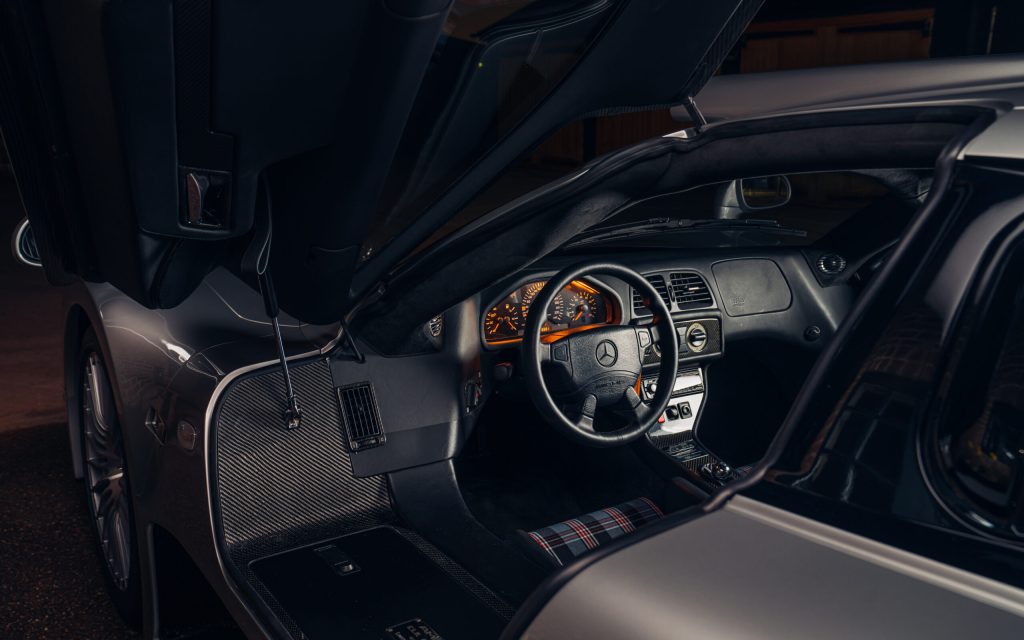
“If you look at the facts of the car – the racing history, the production numbers, how important the brands are these days – I think there’s no reason an F1 should be more expensive,” Stephan muses. “But, driving the CLK GTR is very hard. You have to drive the roads in a normal car before you go out in the CLK, just to check if there are any speed bumps or anything, because there is no lift.”
It’s a common refrain heard from those with seat time in road-worthy race prototypes, regardless of era. Limited usability affects value, as seen in our previous exploration of the turbulent Ford GT40 market. While the small-block 4.7-litre Mk I and Mk III are considered friendlier than the 7-litre Mk II and Mk IV, they’re universally hot, cramped, and exhausting to drive beyond short distances. You can use them in historic on-road rallies and events, but few genuine GT40 owners venture past the track paddock. Neither the Merc nor the Porsche are nearly as punishing, but dimensions, ground clearance, and general tractability pale in comparison to even the infamously clunky Lamborghini Diablo.
Both Cottingham and Stephan mention the most common use-case for the GTR is that of a semi-stationary collection piece, especially with an F1 and 911 GT1 in close proximity. Operating the Porsche is far less daunting, especially from a powertrain perspective; the GT1’s 3.2-litre twin-turbo flat-six and six-speed manual transmission is remarkably conventional when compared to the Benz’ unsynchronised sequential gearbox. “You have to get used to the gearbox – you have paddles behind the steering wheel and a clutch [pedal] – it’s very unusual,” Stephan explains. “You have to use the clutch always with the paddles, even after first gear.”
Even if you’re just a passenger, good luck looking dignified in the Mercedes. Low, wide sills and narrow entrances make decorous entrances and exits a painful joke, and a removable steering wheel is a welcome bit of motorsports kit. The familiar 911 interior of the Porsche is far more forgiving, but truncated headroom and conspicuous lack of storage makes it ideal for special, local drives.
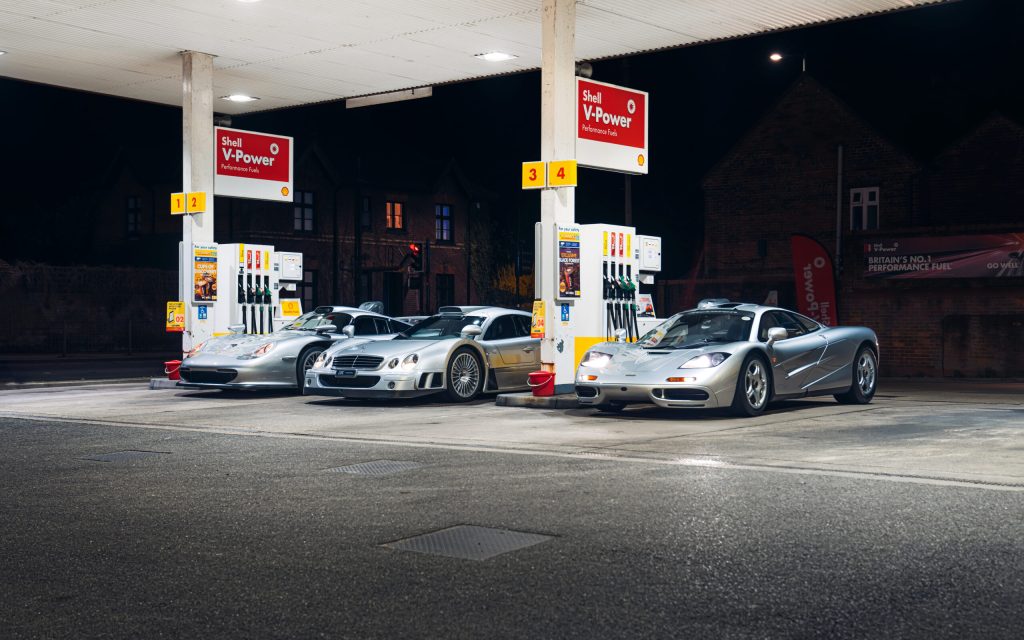
Meanwhile, the F1 was designed for usability from the get-go. Triple-seats, conventional manual transmission, short overhangs, passable ground clearance, and tractable 6.1-litre V12 make for easy grand touring in the McLaren. “People want to use these cars on the road, and the McLaren works best there,” agrees Cottingham. “The CLK GTR is more of a collection piece. And, the [Porsche] GT1 is perhaps used a bit more, but will be part of a collection that makes sense.”
So, without the F1’s visibility in the market, this duo is still suffering growing pains – but that might be changing. Porsche has significantly ramped up its promotion and support of its 911 GT1 in the last year, organising a full squadron of both Straßenversion and race-spec GT1s for FAT International’s GT1 owners meeting. The gathering was highly publicised and promoted, with a firehose of impressively curated photoshoots and videos accompanying the viral meetup. Mechatronik was on hand supporting a few cars and crashing Porsche’s party with a unique dark blue CLK GTR. Meanwhile, DK Engineering lit Instagram ablaze with an F1, GT1, and CLK GTR photoshoot – all in a similar shade of silver.
In the key of GTO, the F1 has already transcended the constraints of the (relatively) niche collector car market. Non-collectors have already pegged the F1 as an objet d’status, filling the same billionaire niche as top-level fine art and real estate. Both GTR and GT1 are unlikely to achieve the same status, but their recent, gradual cultural and financial growth indicates a maturing market with more public sales, increased event presence, and stronger academic approach to the Group GT1 period.
People are paying attention. “If I was a collector, I would go for the CLK GTR, because I see more potential for these in the next few years compared to the F1,” says Stephan. This year’s Pebble Beach Concours in California includes an FIA GT class, so the showfield is sure to be loaded with F1s, GTRs, and GT1s alike. “It’s cool to see Villa d’Este and Pebble include these cars. It’s extremely important for the future.”



